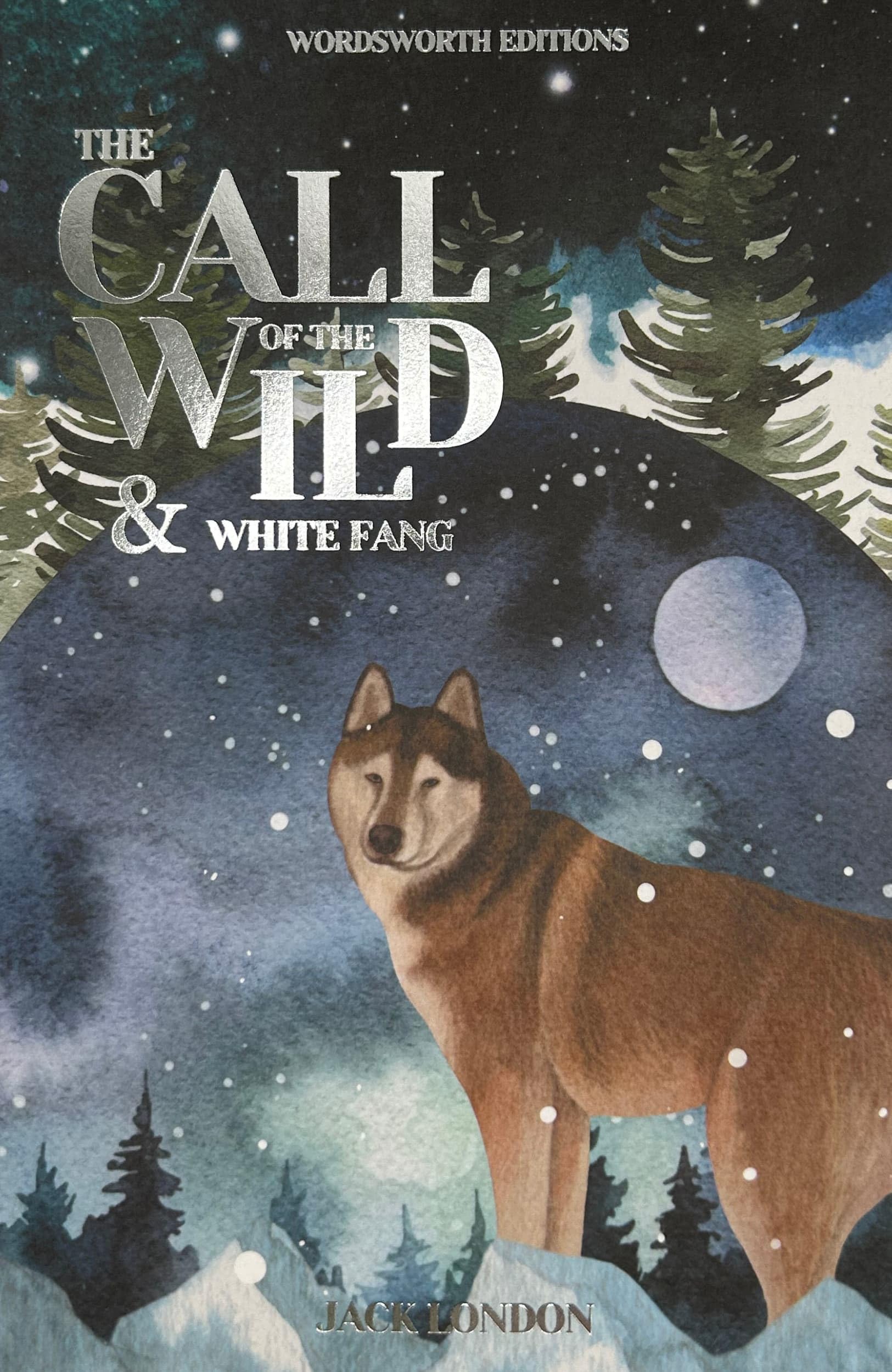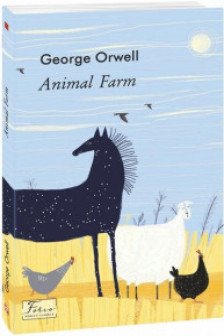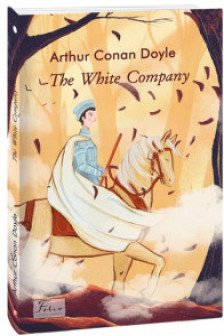До бесплатной доставки по Кишиневу 400 лей
До бесплатной доставки по Республике 700 лей
Итого корзина : лей
Call of the Wild. White Fang

Aвтор
Jack London
Год
1992
Страницы
256
Жанр
CARTI IN LIMBA ENGLEZA
Формат
198 x 128 x 15
Тип
Necartonata
ISBN
9781853260261
Код продукта
745010
Есть на стоке
112 лей
-
+
With an Introduction and Notes by Lionel Kelly, University of Reading. 'The Call of the Wild' (1903) and 'White Fang'(1906) are world famous animal stories. Set in Alaska during the Klondike Gold Rush of the late 1890s, 'The Call of the Wild' is about Buck, the magnificent cross-bred offspring of a St Bernard and a Scottish Collie. Stolen from his pampered life on a Californian estate and shipped to the Klondike to work as a sledge dog, he triumphs over his circumstances and becomes the leader of a wolf pack. The story records the "decivilisation" of Buck as he answers 'the call of the wild', an inherent memory of primeval origins to which he instinctively responds. In contrast, 'White Fang' relates the tale of a wolf born and bred in the wild which is civilised by the master he comes to trust and love. The brutal world of the Klondike miners and their dogs is brilliantly evoked and Jack London's rendering of the sentient life of Buck and White Fang as they confront their destiny is enthralling and convincing. The deeper resonance of these stories derives from the author's use of the myth of the hero who survives by strength and courage, a powerful myth that still appeals to our collective unconscious. AUTHOR: Jack London (1876-1916) is a good example of how the popularity of a writer can wax and wane over the years. In the first fifteen years of the twentieth century, London's stories of his native America monopolised the market like few authors before or since, yet following his early death interest in his work dwindled. It was not until the 1960s that his work began to be re-evaluated, and he is now considered one of America's finest, and most widely translated, writers.
| Имя | Контакты | Наличие |
|---|---|---|
| LIBRARIUS 404 | Chisinau , Ștefan cel Mare și Sfînt 8, (CC UNIC) 078 747 404 | В наличии |
| LIBRARIUS 412 | Chisinau , Bd. Moscova, 1/1 078 747 412 | В наличии |
| LIBRARIUS 418 | Chisinau , bd. Moscovei 9/5 078747418 | В наличии |
| LIBRARIUS 429 | Chisinau , str. Dacia 30/1 078747449 | В наличии |
| LIBRARIUS 434 | Chisinau , str. Ștefan cel Mare 64 078747454 | В наличии |
| LIBRARIUS 440 | Chisinau , str. M. Varlaam, 75 078333440 | В наличии |
Бесплатная доставка
Бесплатная доставка от 400 лей по Кишиневу.
Бесплатная доставка по Молдове от 700 лей за пределами радиуса Кишинева.
Служба поддержки
Поддержка клиентов по телефону и электронной почте.
079 545 544
плата картой
Безопасная оплата картой
Оплата через банк












